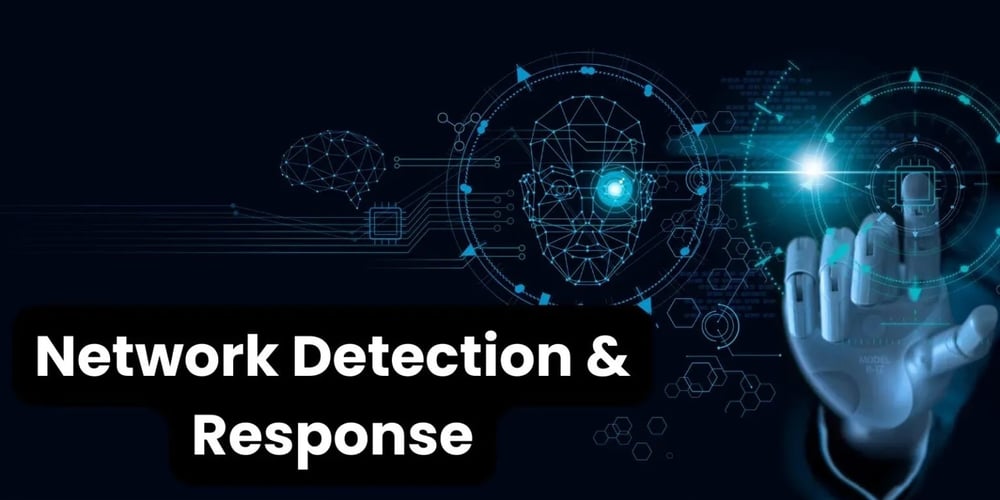Using NDR to Justify Security Budget Allocation

In today’s cyber threat landscape, convincing leadership to allocate sufficient budget for cybersecurity initiatives is an ongoing challenge. Security teams often struggle to translate technical needs into financial justification. However, Network Detection and Response (NDR) offers a unique advantage: it provides measurable, real-time data that demonstrates security gaps, operational efficiency, and risk reduction—making it a powerful tool to justify and protect your cybersecurity budget.
This article explores how NDR can help security leaders clearly link investment requests to tangible business outcomes, improving the chances of getting budget approvals.
Why Security Budget Justification is Challenging
CISOs and security managers face an uphill battle when requesting funding. Common obstacles include:
- Abstract Risk Language: Leadership may not understand technical threats unless they’re tied to business impact.
- Reactive Spending: Budgets often spike after a breach but decline during “quiet” periods.
- Competing Priorities: Cybersecurity competes with revenue-generating projects for funding.
- Difficulty Proving ROI: Without clear metrics, security spending may be viewed as a cost center.
NDR addresses these pain points by providing hard evidence and context for security investment discussions.
How NDR Strengthens the Business Case for Budget Allocation
1. Quantifying Risk with Real Data
NDR continuously monitors network traffic and identifies suspicious activities—such as lateral movement, data exfiltration attempts, and command-and-control communications. This real-time evidence can be used to:
- Show frequency of attempted intrusions.
- Highlight sophistication of detected threats.
- Estimate potential breach costs using historical incident data.
By converting abstract risk into measurable figures, NDR gives leadership a clear view of what’s at stake.
2. Highlighting Cost Savings from Faster Detection
One of the most convincing budget arguments is showing how technology reduces operational costs. NDR reduces Mean Time to Detect (MTTD) and Mean Time to Respond (MTTR) by providing enriched alerts and automated threat correlation. Faster containment means:
- Lower incident remediation costs.
- Reduced downtime for critical systems.
- Less disruption to revenue-generating operations.
For example, if NDR helps contain a ransomware attack in hours rather than days, the savings in recovery costs and avoided ransom payments can be substantial.
3. Demonstrating Gaps in Current Tooling
NDR can reveal blind spots that traditional perimeter security tools miss, such as insider threats, supply chain compromises, and encrypted traffic anomalies.
This information can be presented to decision-makers as evidence that existing tools alone cannot meet current security needs—making the case for continued or expanded investment in NDR capabilities.
4. Linking Security Metrics to Business KPIs
When security metrics are tied to business outcomes, budget approvals become more likely. With NDR, you can:
- Connect reduced breach likelihood to lower insurance premiums.
- Show how preventing downtime protects service-level agreements (SLAs) and customer trust.
- Demonstrate compliance alignment (HIPAA, GDPR, NIST) to avoid regulatory fines.
5. Providing Post-Incident Analysis for Budget Defense
If a breach does occur, NDR logs and forensics can provide detailed timelines and root-cause analysis. This helps:
- Show how NDR reduced the overall impact.
- Identify where budget constraints may have limited response.
- Build a stronger case for increased funding in the next budget cycle.
Communicating NDR’s Value to Leadership
Use Executive-Friendly Reports
NDR platforms often include dashboards and reporting tools that visualize incidents, trends, and risk levels. Present these in business terms, focusing on:
- Number of incidents prevented
- Estimated cost savings
- Compliance status improvements
Tell a Story with Impact Scenarios
Use real examples from your NDR alerts to illustrate what could have happened if a threat had gone undetected. Compare the potential loss to the cost of the tool.
Position NDR as a Risk-Reduction Investment
Emphasize that cybersecurity investment isn’t just an expense—it’s a form of insurance that protects revenue, reputation, and compliance standing.
Building a Budget Justification Framework with NDR
- Collect Baseline Data – Use NDR to measure current detection and response performance.
- Identify Gaps – Show where threats bypass current defenses.
- Calculate Impact – Estimate potential costs of these risks.
- Project Savings – Show how NDR can reduce incident costs and compliance risks.
- Create a Yearly Trend Report – Highlight positive changes year over year to reinforce continued funding.
Conclusion
Justifying a security budget requires more than a list of technical requirements—it demands hard data, business context, and clear ROI. NDR provides the evidence, context, and measurable outcomes security leaders need to speak the language of executives.
By leveraging NDR’s ability to quantify risk, highlight efficiency gains, and connect security efforts to business performance, organizations can secure the funding needed to stay ahead of evolving cyber threats.





